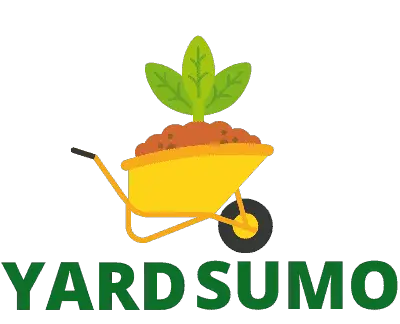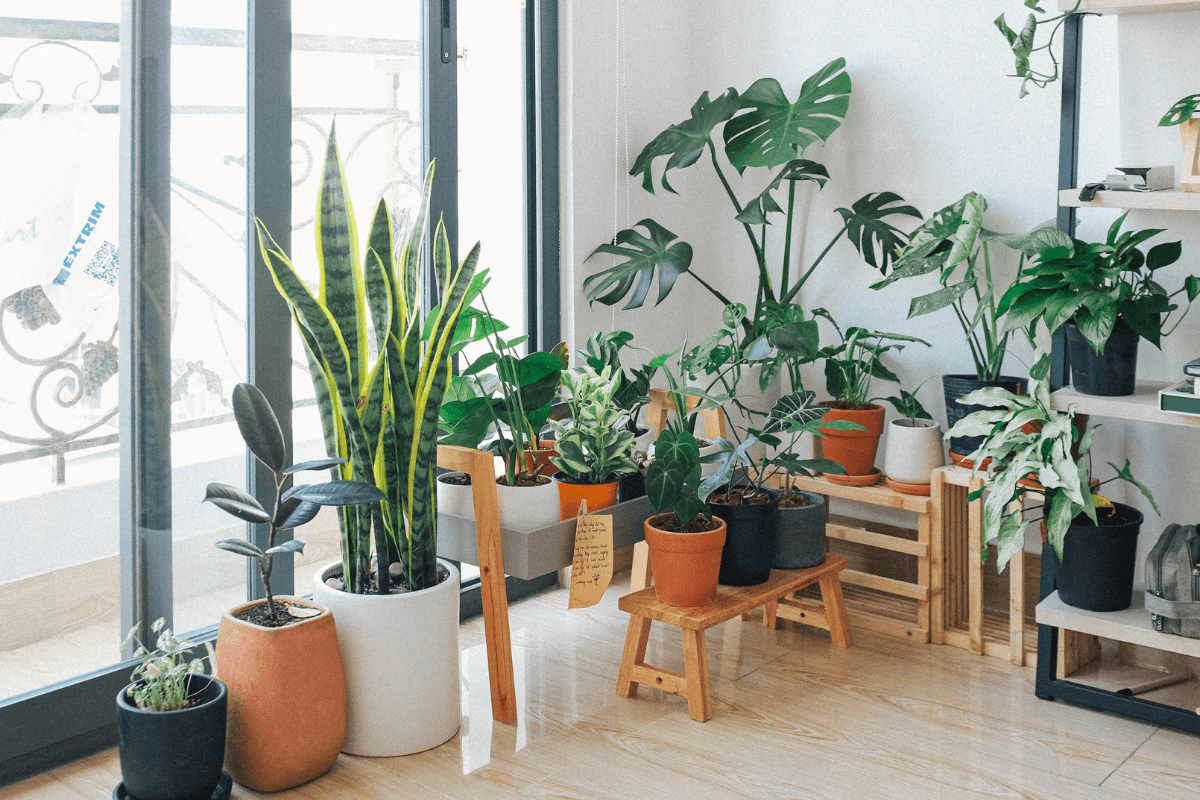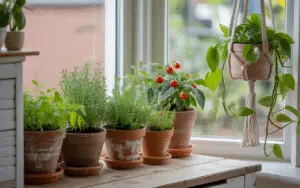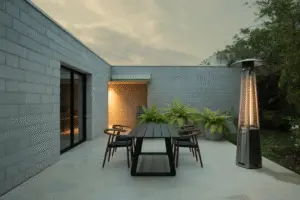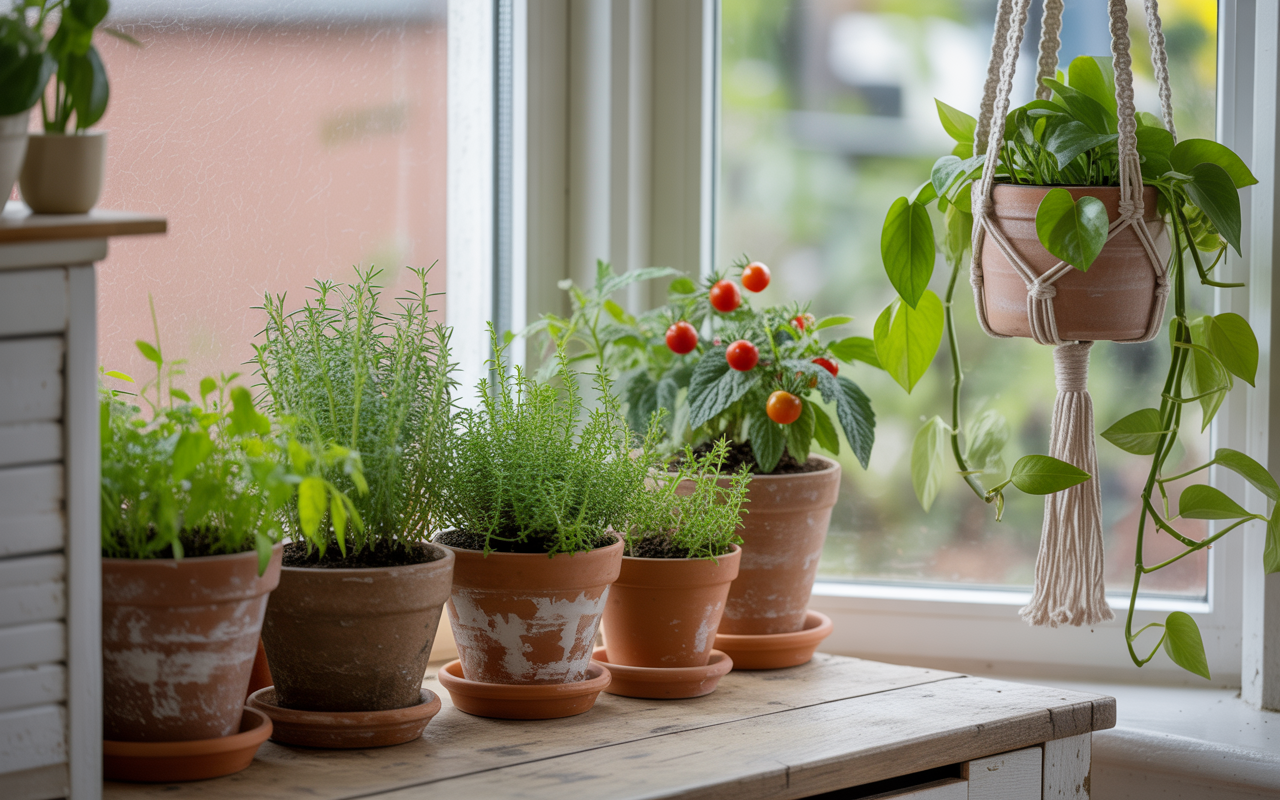There’s no need to let the cold weather stop you from enjoying your green thumb. These tried and tested indoor winter gardening tips will help you keep your plants healthy and happy all season long. From using grow lights to create a makeshift greenhouse, we’ve got you covered. So get ready to put these tips into action and watch your plants flourish this winter!
Can I Grow Indoor Garden In Winter?
Many people believe that indoor gardens are only for spring and summer. However, with a little planning, you can easily grow a beautiful indoor garden all year round. One of the best things about growing an indoor garden is that you can control the environment, which means that you can extend the growing season.
For example, by using grow lights, you can provide your plants with the extra light they need to thrive during the shorter days of winter. In addition, using a humidifier can help to keep your plants from drying out. With a little effort, you can enjoy fresh plants and flowers all year long.
10 Tried And Tested Indoor Winter Gardening Tips
Here are tried and tested indoor winter gardening tips just for you:
Get A Grow Light
What kind of grow light should you get? The first thing to look for is the amount of watts. You want to ensure it’s enough to cover the entire area you plan to use. That could be a small space, like a terrarium, or a large space, such as a greenhouse.
The next thing you should look at is the type of spectrum it produces. Blue spectrum is the most important for indoor plants, but it’s a good idea to choose one that produces a good range of light all the way up to red spectrum. You should also look at the design of the bulb to make sure it’s ideal for your intended space. With these things in mind, you should be able to find the right grow light for you and your plants!
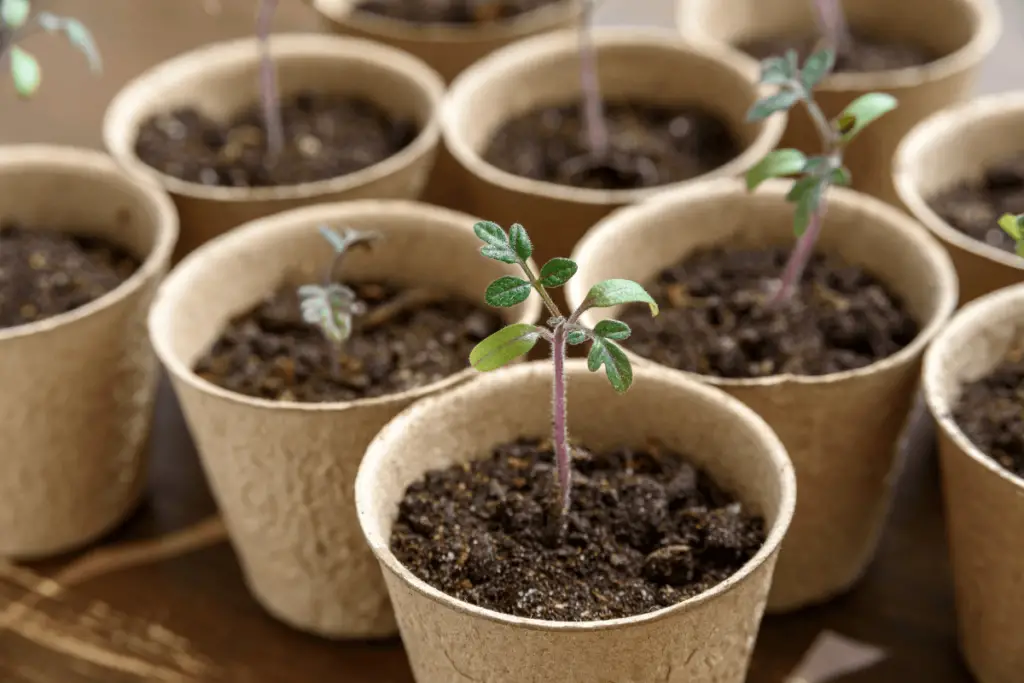
Start Seeds Indoors
It must be the season to get things growing! It’s time to start some seeds indoors! Seeds have a chance to grow and become beautiful plants in the spring! We know that starting a seed can be a little tricky, so we came up with some tips for the best results! First, find out when your last frost date is. If you planted your seed outside at this time, the seed would be too cold and wouldn’t grow very well.
Soil is also very important; it should be consistently moist, but not too wet. A good rule of thumb is that if you squeeze a handful of soil, it should hold its shape. Finally, it’s best to start with a germinating mix, which includes moisture and nutrients that help the seed to grow. Make your little seedling happy!
Use A Greenhouse:
In the article it was stated that a greenhouse is always better than a grow tent. When you use a greenhouse, it is easier to maintain the right temperature and the right light for your plants to grow. You will have much greater control over the humidity and the light source when using a greenhouse. The glass will help in retaining heat better than the plastic or vinyl coverings that are on the grow tents. You will also have a better ventilation in your greenhouse, which is also beneficial. The glass walls do not trap heat as much as the plastic or vinyl covers on the grow tents.
Bring Plants Indoors
When the outside plant life starts to wilt, it’s time to bring plants indoors for the winter. There are many ways to keep plants healthy during the winter. The first way is to simply bring the plants indoors to a sunny corner. This will help them get the right amount of sun they need to keep going in the right direction.
Some plants require special care. Others can be picked up and put into a new pot and they will thrive just like they would outdoors. If you pick up a plant, make sure to read the tag to see how much sunlight it needs, and if it requires a lot of light, you might want to invest in a grow light kit.
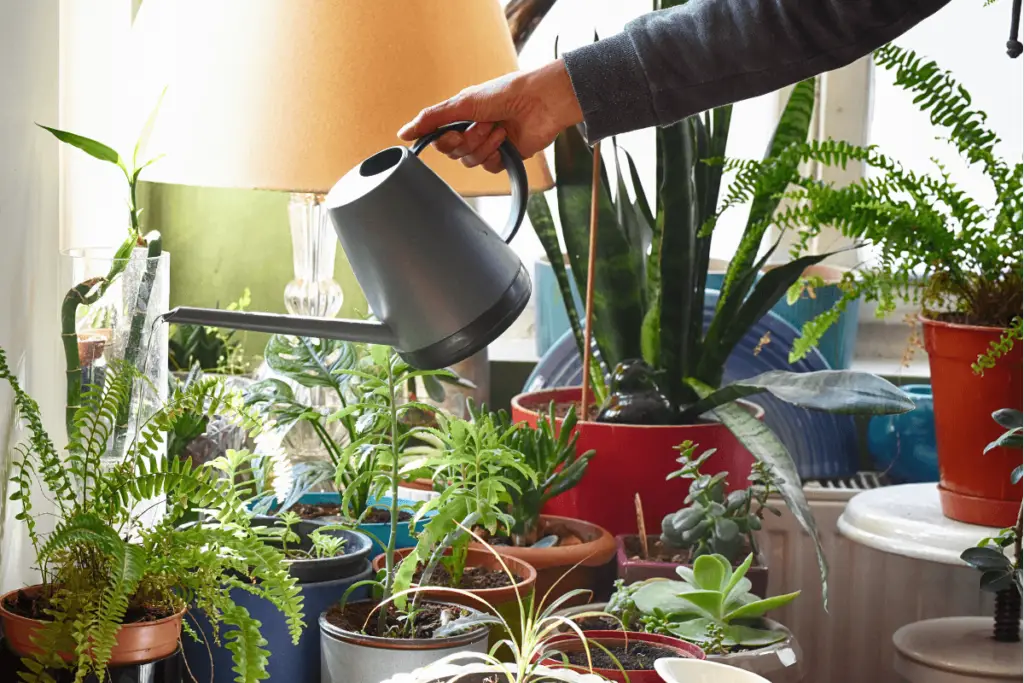
Water Regularly
Plants need water to grow. You should give your plant enough water so it can last a few days without you watering it so that it can absorb as much water as it needs, but you don’t want to give it too much so that it is constantly soaking, causing it to stretch and most likely die.
A good rule of thumb is to water your plant in the mornings and not in the evenings, but since everyone’s situation is different, you need to find what works best for you.
Don’t Over-Water
Don’t Over-Water your indoor plants! You’re probably surprised to hear that plants need watering at all, but when you think about it, plants grow from water. If plants weren’t watered, they wouldn’t grow, and they’d eventually die.
So plants need water, but too much water can drown them. It’s best to use a spray bottle to add water so that it’s easy to control how much is added. If the soil’s very dry and you’re not sure whether to water it or not, add a small amount of water and wait a few hours to see how the soil absorbs it.
If the soil soaks up all of the water right away, add more water, but only a small amount. If it doesn’t soak up the water right away, there’s no need to add more water. You don’t want to over-water the plant, because it can drown the roots and kill the plant.
Fertilize
fertilize indoor plants is the secret to having a happy, healthy plant that will continue to give you happiness throughout its life. If you know how to fertilize indoor plants, you will have a happier, more productive plant! Here are some nutrient-rich plant foods that you can use to get your plant off to a good start.

Prune
It’s important to prune plants regularly. This will prevent the plant from getting overwhelmed. Here are the steps to pruning an indoor plant. First, take the plant out of the pot and remove the dead or diseased leaves. Then, cut the stems of the branches that are growing towards the center. This will make more room for the more productive branches. Pruning regularly will help any plant stay healthier and look better! Here is our favorite pruning shears.
Watch For Pests
Pests are a big problem for anyone who does indoor gardening. Be on the lookout for pests such as aphids and whiteflies. If you notice pests on your indoor plants, you want to take action quickly. The sooner you take action, the more likely the plants will survive. First, you need to identify what kind of pests you have.
Check the leaves, stems, and the soil for any bugs, slugs, snails, and other critters. Next, you need to use organic pesticides to get rid of the pests. It’s important to read the directions carefully, as some organic pesticides can kill off the plants as well. It’s also important that you wear gloves when applying these pesticides.
Have Patience
Finally, remember to have patience when indoor winter gardening. It can be a slow process, but it will be worth it in the end.
Is Indoor Gardening In Winter A Good Idea?
Is indoor gardening in winter a good idea? For many gardeners, the answer is yes! Indoor gardening can allow you to extend the growing season and enjoy fresh, homegrown produce all year long. With a little planning, you can enjoy summer-fresh fruits and vegetables even in the middle of winter. Here are a few things to keep in mind if you’re thinking about starting an indoor garden:
First, you’ll need to choose the right plants. Not all plants will thrive indoors, so it’s important to do your research and select varieties that are well-suited to growing in pots or containers. You’ll also need to make sure you have the right potting soil and fertilizers. Indoor plants will need regular watering and fertilizing to stay healthy and produce plentiful harvests.
Second, you’ll need to create a space that gets enough light. Most plants need at least six hours of sunlight per day, so you’ll need to find a spot near a window or door where they can get plenty of light. If you don’t have enough natural light, you may need to invest in growing lights.
Third, you’ll need to be willing to put in a little extra work. Indoor gardening requires more frequent watering and fertilizing than outdoor gardening, however, the rewards of indoor gardening are worth the extra effort! Fresh fruits and vegetables are just a few steps away, no matter what time of year it is.
Should I Grow Light Plants For My Indoor Garden In Winter Months?
Winter is the perfect time to start an indoor garden! Not only indoor gardeners will be able to enjoy a summer garden in the middle of winter season, but you’ll also be able to harvest your plants at the peak of freshness. And because light plants don’t need as much sunlight as other plants, they’re the perfect choice for an indoor garden.
Some of the best light plants for an indoor winter garden include lettuce, spinach, and herbs. Lettuce and spinach are fast-growing plants that can be harvested in just a few weeks. And because they don’t need much sunlight, they’re ideal for growing indoors. Herbs are another great option for an indoor winter garden. They not only add flavor to your food, but they also purify the air and provide a host of health benefits. So if you’re looking for a way to add some summertime flavor to your winter diet, consider growing herbs indoors!
Is Winter Indoor Growing Plants Worth It?
Many people enjoy growing plants indoors but wonder if it is worth the extra effort to grow plants during the winter months. While it is true that there are some challenges to indoor winter plant growth, such as shorter days and lower light levels, there are also many benefits.
For example, winter is generally a more calm and quiet time of year, which can provide a more relaxing environment for both you and your plants. Additionally, winter plants can purify the air in your home and help to improve indoor air quality. So if you are looking for a way to bring some extra life into your home during the winter months, indoor plant growth may be worth the effort.
Conclusion
All indoor gardeners should get their gardening gloves and gardening tools to grow an indoor winter garden in just a few days. Whether you’re a beginner or an experienced gardener, we hope these tips will help you have a successful winter garden.
